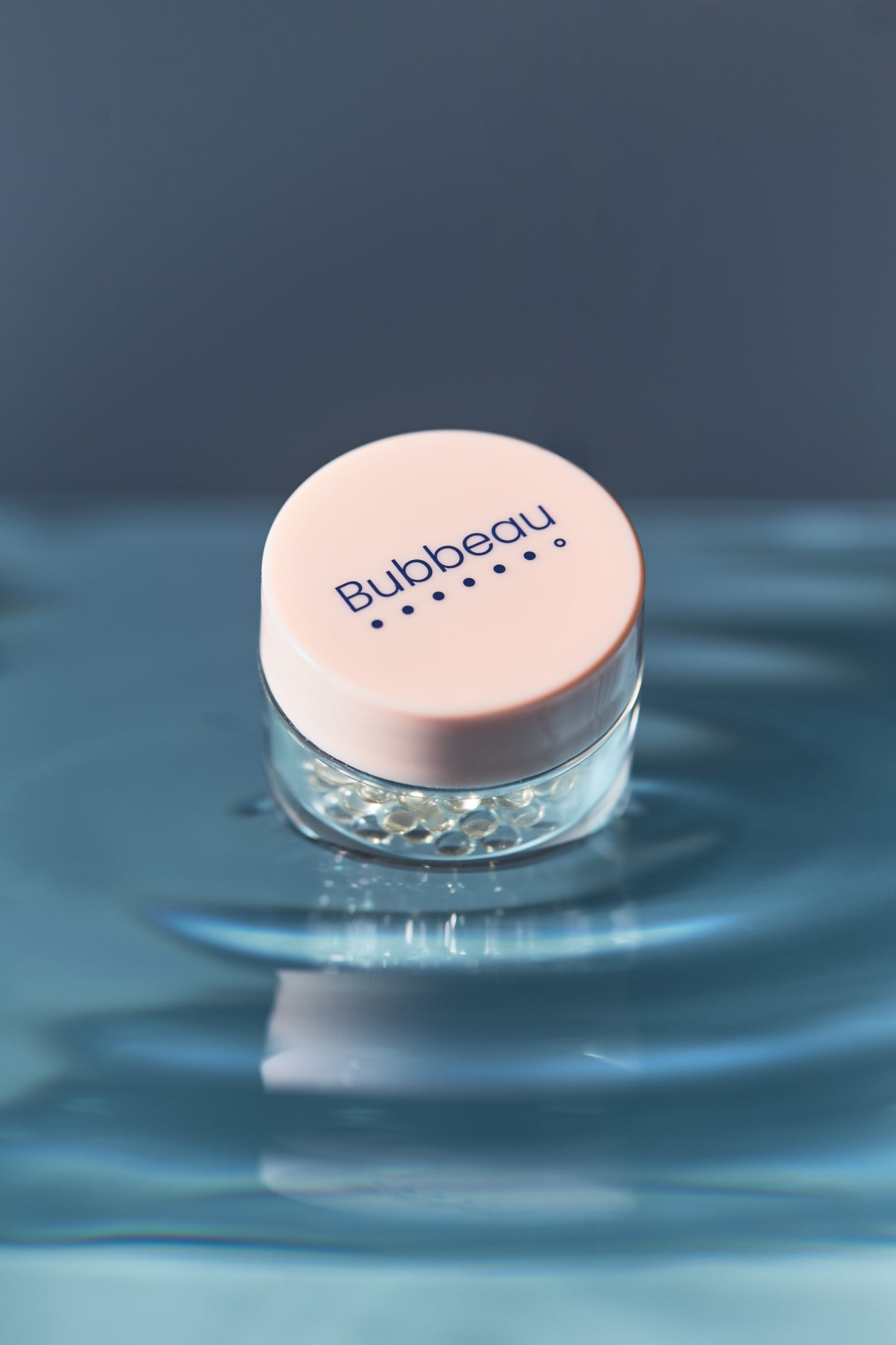Unveiling a More Sustainable Future
The world of beauty conjures images of vibrant eyeshadow palettes, luxurious creams, and sleek bottles promising skincare miracles. However, beneath the alluring surface lies a hidden cost: the proliferation of single-use containers contributing significantly to global waste generation. This blog post delves deeper into the environmental impact of this practice, showcases inspiring initiatives like Bubbeau, and illuminates promising paths toward a more sustainable future for the beauty and skincare industry.
A Sea of Waste: Unveiling the Hidden Cost of Beauty
Imagine tossing out a lipstick tube after a single use or discarding countless sample-sized creams after trying them once. Unfortunately, this scenario plays out billions of times each year. According to recent estimates, the cosmetic industry generates over 120 billion units of packaging waste annually, posing a significant environmental challenge. These containers, mostly crafted from unsustainable plastics derived from fossil fuels, litter landfills, pollute oceans, and release harmful greenhouse gases when incinerated. The consequences extend beyond aesthetics, threatening fragile ecosystems and human health through microplastic pollution and chemical contamination.
Delving Deeper: The Environmental Footprint of Single-Use Plastics
The detrimental impact of single-use plastic containers encompasses various aspects:
- Landfill Burdens: Millions of tons of cosmetic packaging end up in landfills, occupying valuable space and taking centuries to decompose. This contributes to overflowing landfills, impacting surrounding communities and ecosystems.
- Ocean Pollution: Plastic waste leaks into waterways and eventually reaches the oceans, harming marine life through entanglement and ingestion. Microplastics, tiny fragments resulting from plastic breakdown, threaten entire food chains.
- Greenhouse Gas Emissions: Production and incineration of plastic containers release significant amounts of greenhouse gases, exacerbating climate change and its associated environmental and societal consequences.
- Chemical Contamination: Some packaging materials contain harmful chemicals like bisphenol A (BPA) that can leach into products and pose health risks.
- Beyond Beauty: The Ripple Effect of Packaging Waste
The issue extends beyond the immediate environmental impact. The production and management of single-use plastic containers also involve:
- Resource Depletion: Fossil fuels, a finite resource, are used to manufacture plastic, contributing to resource depletion and energy dependence.
- Economic Costs: Waste management and cleanup incur significant economic costs for communities and governments.
- Social Inequities: Developing countries often bear the brunt of plastic pollution, lacking proper waste management infrastructure and facing health consequences.
- A Beacon of Hope: Bubbeau and the Pursuit of Sustainability
Amidst this dire scenario, companies like Bubbeau are lighting the path toward a more sustainable future. Their commitment to reducing single-use plastic is evident in their:
- Refill Packs: Bubbeau offers its products in innovative refill packs, allowing customers to reuse their empty containers and significantly reduce plastic waste. This approach extends the lifespan of packaging and minimizes the reliance on single-use items.
- Reusable Jars: Bubbeau actively promotes the use of reusable jars and encourages customers to refill their products instead of opting for new ones. This simple shift in consumer behavior can collectively make a significant difference.
- Sustainable Materials: Bubbeau continuously explores and implements sustainable materials like recycled plastic and bioplastics in their packaging, further reducing their environmental footprint.
- Beyond Bubbeau: A Canvas of Sustainable Solutions
Bubbeau's efforts represent a vital piece of the puzzle. The quest for sustainable alternatives involves collaboration and innovation across various sectors:
- Biodegradable Packaging: Researchers are developing innovative bioplastics derived from renewable resources like plant-based materials or agricultural residues, offering biodegradable alternatives to traditional plastics.
- Refill and Reuse Systems: Companies are creating innovative refill and reuse systems, encouraging customers to embrace circularity and minimize waste generation.
- Community Initiatives: Local communities are organizing cleanup drives, advocating for policy changes, and promoting sustainability awareness, fostering collective action on a grassroots level.
- Government Regulations: Implementing stricter regulations on single-use plastics and encouraging sustainable packaging solutions can create a systemic shift towards a greener future.
- The Power of Collaboration: Weaving a Future Painted in Green
Tackling the challenge of single-use plastic in the beauty industry requires a multifaceted approach. Collaboration between brands, consumers, researchers, policymakers, and communities is crucial for achieving lasting change:
- Consumer Choices: By opting for brands with sustainable practices, embracing refill options, and reusing containers, consumers can directly influence the market and demand environmentally responsible products.
- Brand Responsibility: Companies have a responsibility to adopt sustainable packaging solutions, invest in innovation, and promote responsible consumption practices. Transparency and clear communication
Transparency and clear communication regarding their sustainability efforts are key to building trust and engagement with consumers.
- Research and Development: Investing in research and development of sustainable materials, biodegradable packaging, and innovative refill systems is crucial for long-term solutions.
- Policy Advocacy: Collaborating with policymakers to enact regulations that discourage single-use plastics and promote sustainable alternatives can create a more enabling environment for change.
- A Call to Action: Painting a Greener Future for Beauty
The story of single-use containers in the beauty industry is not set in stone. By embracing refill packs, reusable alternatives, and innovative sustainable materials, we can rewrite the narrative. Companies like Bubbeau have already taken the first step, and ongoing research promises even more eco-friendly solutions. Together, we can transform the beauty landscape, ensuring its splendor extends beyond our vanity tables and into a flourishing planet.
Here are some additional ways you can contribute to a more sustainable beauty routine:
- Research brands: Choose brands committed to sustainability and transparent about their packaging practices.
- Embrace minimalism: Avoid impulse purchases and focus on creating a capsule collection of essential products.
- Explore natural alternatives: Consider natural and organic beauty products with minimal packaging.
- Support refill programs: Look for brands offering refill programs or stores with bulk options.
- Get creative with DIY: Explore DIY options for skincare and beauty products using natural ingredients and reusable containers.
- Spread awareness: Educate your friends and family about the issue and encourage them to make sustainable choices.
Let's join hands and paint a greener future for the beauty industry, one conscious choice at a time. Each action, whether choosing a refill pack or advocating for change, contributes to a brighter future for our planet and ourselves.





